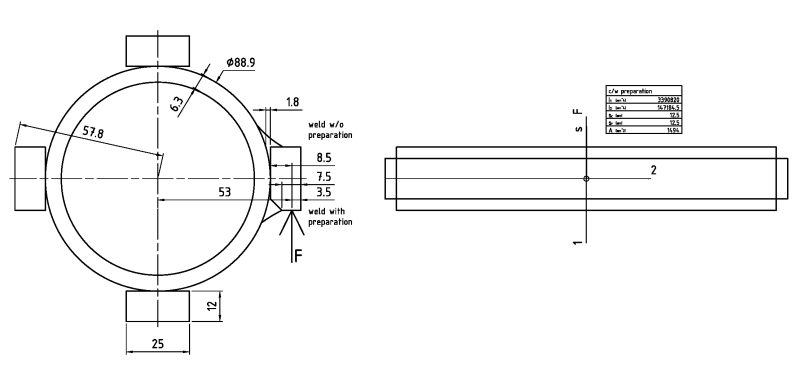SpiritHunter
Mechanical
- Mar 3, 2016
- 2
Hi,
Need some help with the shearing of material.
after welding of the material (S275) onto a plane, a force along the area of 150mm x 12mm
here, we would like to know
1. what's the force required before the structural fail.
2. the force required before the welding fail.
(weld using standard 6013 rod)
Thanks
Need some help with the shearing of material.
after welding of the material (S275) onto a plane, a force along the area of 150mm x 12mm
here, we would like to know
1. what's the force required before the structural fail.
2. the force required before the welding fail.
(weld using standard 6013 rod)
Thanks

